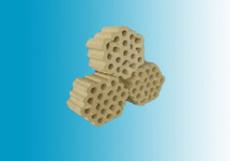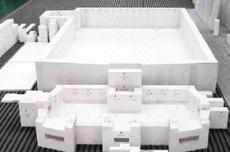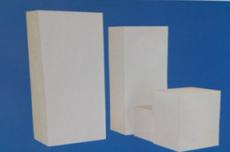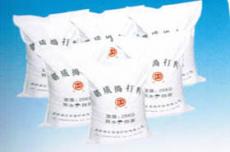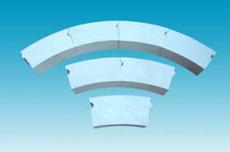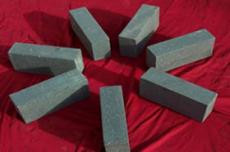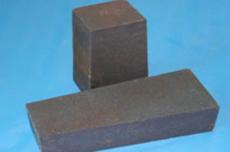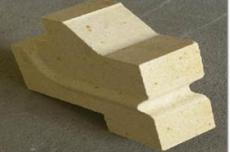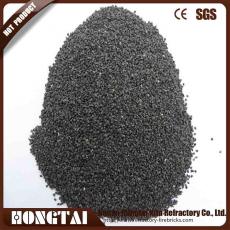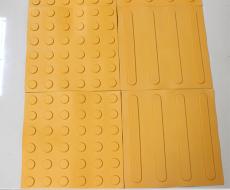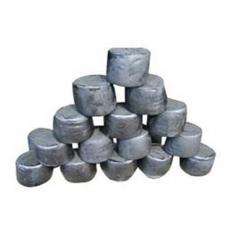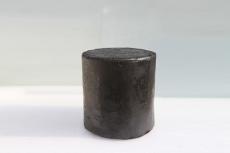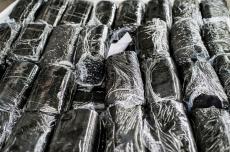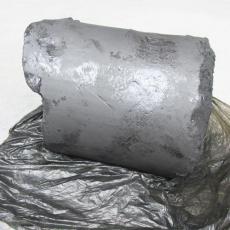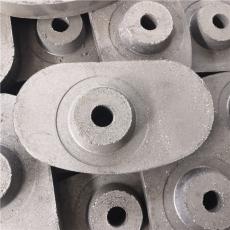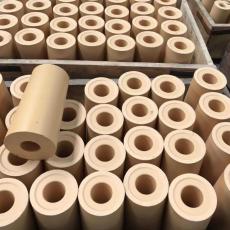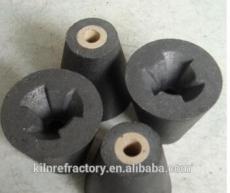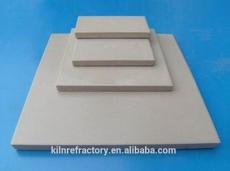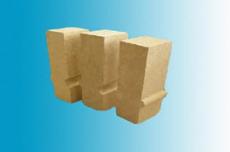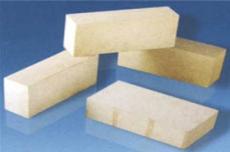
Non-ferrous metals occupy an extremely important position in the national economy and are widely used. There are also many types of non-ferrous metals, which can be divided into three categories: heavy metals, light metals and rare earth metals. The production volume is large and widely used: 5 non-ferrous metals such as copper, aluminum, lead, zinc and nickel. There are many ways to smelt non-ferrous metals, and there are many types of furnaces, which are generally divided into smelting furnaces, refining furnaces and casting furnaces. This section only selects several non-ferrous metals with large production volumes and representative refractory materials for the following introduction:
I. Refractory materials for aluminum smelting
The aluminum smelting process is complicated, and there are many types of furnaces used, but the working temperature of the furnace is relatively low (up to 1200℃), and the use conditions are not too harsh, so clay bricks and high-alumina bricks are generally used to meet production requirements. With the advancement of refractory technology, the refractory materials used in the aluminum smelting process have also been improved in recent years, as follows:
(1) The rotary kiln and flash furnace for producing alumina must first convert natural bauxite into aluminum hydroxide, and then calcine the aluminum hydroxide into alumina at 950~1200℃. Rotary kilns and flash furnaces are generally used for calcination. The insulation layer of the rotary kiln is laid on the kiln shell with a layer of refractory fiber felt, and then diatomaceous earth, floating bead bricks or clay lightweight bricks are used for masonry. Now some units have changed to lightweight refractory castables. Clay bricks are used in the preheating zone, and high-alumina bricks are used in the firing zone and cooling zone. Now they are changed to phosphate-bonded high-alumina unfired bricks. The flash furnace is to first weld heat-resistant steel anchor nails or ceramic anchors on the furnace shell, then lay a layer of 20mm thick refractory fiber felt, and finally pour 200~300mm thick refractory castables.
(2) Electrolysis of alumina: Alumina and cryolite flux are used to form an electrolyte. The electrolyte solution is placed in the electrolytic cell and energized. At a temperature of 950-970°C, alumina is decomposed into metallic aluminum and oxygen. A layer of refractory fiber felt is laid against the shell of the electrolytic cell, followed by floating bead bricks or lightweight castables, and then clay bricks. The working layer is made of carbon or silicon nitride combined with silicon carbide bricks, which can resist the penetration of aluminum liquid, fluoride and electrolyte and molten sodium salt corrosion, and extend the service life. The working layer of the tank wall and the bottom of the tank is built with carbon blocks or carbon ramming materials, which are rammed into an integral lining.
(3) Aluminum smelting mainly includes reverberatory furnaces, rotary furnaces and induction furnaces, etc. The operating temperature is generally 700-1000°C. The damage to the furnace lining is mainly caused by the penetration and erosion of aluminum liquid. Clay bricks, high-alumina bricks and corundum mullite bricks are generally used for masonry. In recent years, high-alumina castables and refractory plastics have been widely used, and the furnace life is as long as 1 to 5 years.
(4) Aluminum refining, the operating temperature of the electrolytic cell is 720~800℃, the cell wall is built with magnesium bricks, and the rest are clay bricks and high-alumina bricks.
2. Refractory materials for nickel smelting
The nickel smelting process is also relatively complicated. First, nickel sulfide or nickel concentrate is made into sintered ore, then smelted into low-grade nickel matte, and then blown into high-grade nickel matte, and finally electrolyzed into metallic nickel. The refractory materials used in the thermal equipment of this process are briefly described as follows:
(1) Roasting furnace, the furnace operating temperature is generally lower than 1400℃, there is no chemical corrosion, so clay bricks are generally used for masonry, and high-alumina bricks are used for some parts.
(2) Smelting furnace, there are blast furnace, submerged thermal electric furnace, reverberatory furnace and flash furnace. Flash furnace is the most widely used furnace type due to its high smelting intensity, low energy consumption and environmental protection. The working temperature of the flash furnace can reach up to 1600℃. The use conditions are harsh when smelting nickel. The content of magnesium oxide and iron oxide in the slag is high, so the lining is damaged quickly. High-quality high-purity or fused magnesia-chrome bricks are generally used for masonry in the world.
The upper part of the blast furnace is built with clay bricks, and there are water-cooling jackets in the middle and lower parts, and dense clay bricks are lined. Clay bricks are used as the working layer of the bottom and side walls of the furnace, and refractory castables are used for the non-working layer. Magnesia bricks or magnesia-chrome bricks are used for the lining around the lowering of the ice nickel port and the slag discharge port.
The operating temperature of the submerged thermal electric furnace is about 1400℃. The non-working layer of the furnace bottom is made of refractory castables into a pot bottom shape, and then clay bricks are used to build the non-working layer, and magnesia bricks are used to build the working layer. Clay bricks are used to build the furnace wall above the slag line, and magnesia bricks and magnesia-chrome bricks are used to build the working layer below the slag line. In order to increase the life of the slag line and the nickel matte mouth, water-cooled copper sleeves are used for forced cooling, and high-aluminum castables can be used on the furnace top to make the integrity good and the structure stable.
(3) The blowing furnace is a thermal equipment that refines low-grade nickel matte into high-grade nickel matte. There are two main types of furnaces: converter and reverberatory furnace. The converter is cylindrical and can be divided into vertical and horizontal types. Horizontal converters are commonly used in my country. The working temperature during blowing is 1350~1500℃, and the blowing time of each furnace is about 7~10h. The lining is generally made of fully synthetic magnesia-chrome bricks, pre-reacted magnesia-chrome bricks and aluminum-chrome slag bricks. The most serious damage in the converter is the tuyere and tuyere area. Magnesia-chrome bricks are used for masonry, and the service life is only about 18 furnaces. However, an aluminum-magnesium-chrome tuyere brick made of aluminum-chrome slag can last up to 50 furnaces.
The reverberatory furnace is rectangular and horizontal. The working layer at the bottom of the furnace is made of rammed quartz sand. The working layer at the bottom of the furnace wall is generally built with magnesia bricks, and the rest are built with silica bricks. The service life is about 3 months. If the working layer of the slag line and below is all made of magnesia bricks, and the working layer of the rest is made of high-alumina bricks, and the non-working layers of all parts are all made of clay bricks, the service life can reach 1~1.5 years.
